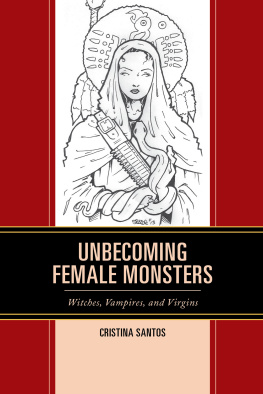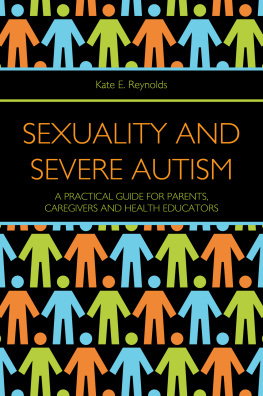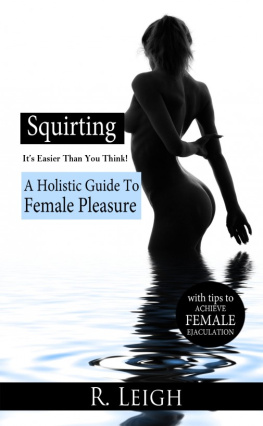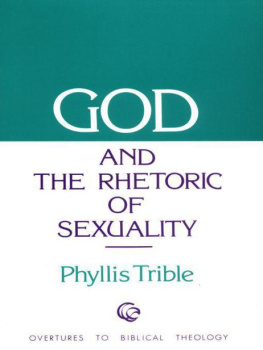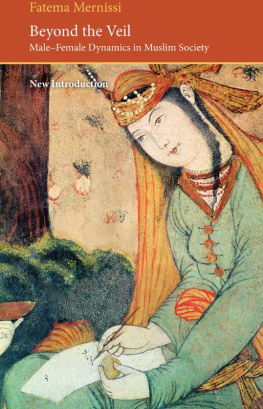First published 1997 by Ashgate Publishing
Reissued 2018 by Routledge
2 Park Square, Milton Park, Abingdon, Oxon, OX14 4RN
711 Third Avenue, New York, NY 10017
Routledge is an imprint of the Taylor & Francis Group, an informa business
Copyright Colin Crawford 1997
All rights reserved. No part of this book may be reprinted or reproduced or utilised in any form or by any electronic, mechanical, or other means, now known or hereafter invented, including photocopying and recording, or in any information storage or retrieval system, without permission in writing from the publishers.
Notice:
Product or corporate names may be trademarks or registered trademarks, and are used only for identification and explanation without intent to infringe.
Publishers Note
The publisher has gone to great lengths to ensure the quality of this reprint but points out that some imperfections in the original copies may be apparent.
Disclaimer
The publisher has made every effort to trace copyright holders and welcomes correspondence from those they have been unable to contact.
A Library of Congress record exists under LC control number: 97072665
ISBN 13: 978-1-138-31474-0 (hbk)
ISBN 13: 978-1-138-31479-5 (pbk)
ISBN 13: 978-0-429-45674-9 (ebk)
This study has attempted to draw upon, and contextualise, themes of female sexuality as identified in academic,
As the material presented substantially contradicts our socially informed view of the feminine and the maternal, the final chapter considers one metapsychological approach which may have application in understanding the paradox of feminine sexuality.
Our perception of reality is centrally influenced by what we want and need to see, and believe. The problem is that what we, the social collective, want and need to see and believe, is not necessarily the truth. Indeed there may well be an imperative, individually and collectively, to protect ourselves from the primitive realities which constitute the true state of affairs within the human condition. This is most abundantly apparent in social and cultural attitudes toward human sexuality, where propriety and regulation abound.
This work challenges the social and cultural view and expectations of female sexuality. While we have the stereotypical archetypes of the feminine, maternal, nurturing woman, these are derived more from social constructions, than from a psychopathological reality. Conversely male-assertiveness, aggression and sexual primacy may be seen as defensive positions against passive/dependant tendencies, and relative sexual inferiority. In this paradox femininity may be viewed as a persona system employed to defend against masculine impulses of aggressive sexuality, and the exploration of the full parameters of true female sexuality.
While we have the social notion of the sexually aggressive male, and the passive female, the reality is that the male is capable, at the extreme, of seven orgasms in one hour, the female capacity is over one hundred. Further, the heartbeat of the female at the point of orgasm is higher than that of the male. This would suggest that the female has a much greater sexual capacity, and potentiality, than the male, However this is a reality which contradicts the demands of both gender stereotype, and the prevailing culture
The maternal aspect of femininity does involve a disposition of love, and primary maternal pre-occupation. However the parameters of maternalism also extend to dominance, control, training, discipline, which can clearly be associated with the masculine and the potentially sadistic.
As this is inconsistent with the stereotype of femininity, it may be the reluctant father who is assigned the role of physical discipline and punishment. Indeed this is not uncommonly the case. However, this may actually represent an extension of female power and control, involving both the father, and child, which masks the sadistic impulse of the female, in a way which is socially acceptable. With regard to control and power in relationships, it is interesting to note the Freudian observation, that a wife is never happy until she has succeeded in turning her husband into her child. That is to say, until she has achieved a position of dominance and control in relation to him.
Notes
Freud, S. (1975) New Introductory Lectures of Psychotherapy and Other Works: Femininity Vol XXII (1932-36) Ed. J. Strachey et al, Hogarth Press, London.
Beauvoir, S. de. (1972) The Second Sex, translated and edited by H M Ponshley, Penguin, London
Glaser, D. and Fiosh, S. (1980) Child Sexual Abuse, Macmillan, London.
Friday, N. (1991) Women on Top, B C A, London
Freud, S. (1975) A Case of Hysteria, Three Essays on Sexuality and Other Works. Vol. VII (1901-05) Ed. J. Strachey et al, Hogarth Press, London.
Elliott, M. (1993) Female Sexual Abuse of Children the ultimate Taboo, Longman, Essex.
Finkelhor, D., Williams, L., Bums, N., (1988) Nursery Crimes. Sexual Abuse in Day Care, Sage, California.
Ibid.
Friday, op. cit.
Elliot, op. cit.
Bloch, I. (1938) Sexual Life in England Past and Present, London.
Lees, S. (1993) Sugar and Spice, Sexuality and Adolescent Girls, Penquin, London.
Freud, S. (1975) Totem and Taboo and Other Works, Ed.J Strachey et al, Vol. XIII (1913-14), Hogarth Press, London
Freud, S. (1975) Totem and Taboo, op. cit.
Weldon, C. V., (1988) Mother Madonna Whore. The Idealisation and Denegration of Motherhood. Free Association Books, London.
Ibid.
Ibid.
Lees, op. cit.
Lees, op. cit.
Weldon, op. cit.
Freud, S. (1975) New Introductory Lecturess: Femininity, op. cit.
Kaplan, L. (1991)


